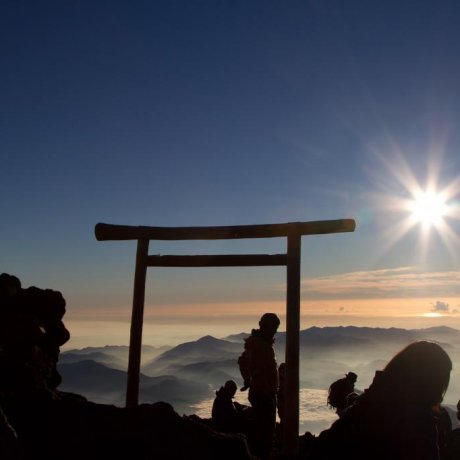 10
10
شروق الشمس من على قمة جبل فوجي
Ziyad Al Ghanmiمشاهدة شروق الشمس من قمة جبل فوجي ، أعلى قمة جبل في اليابان ، تجربة لا تنسى وليست قابلة للمقارنة مع أيٍ من مشاهد شروق الشمس ال..

The Mount Fuji trails officially open from July 1st (Yoshida Trail) and July 10th (others) and remain open until September 10th. Check the official site for the latest climbing status and any weather advisories. Read our Mount Fuji guide to learn about the changes to hiking Mount Fuji since the summer of 2025.
 10
10
مشاهدة شروق الشمس من قمة جبل فوجي ، أعلى قمة جبل في اليابان ، تجربة لا تنسى وليست قابلة للمقارنة مع أيٍ من مشاهد شروق الشمس ال..
Your feedback has been sent.